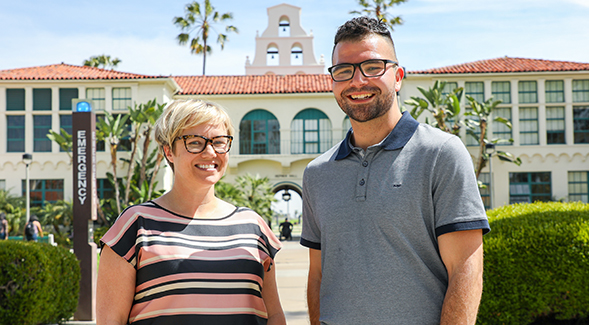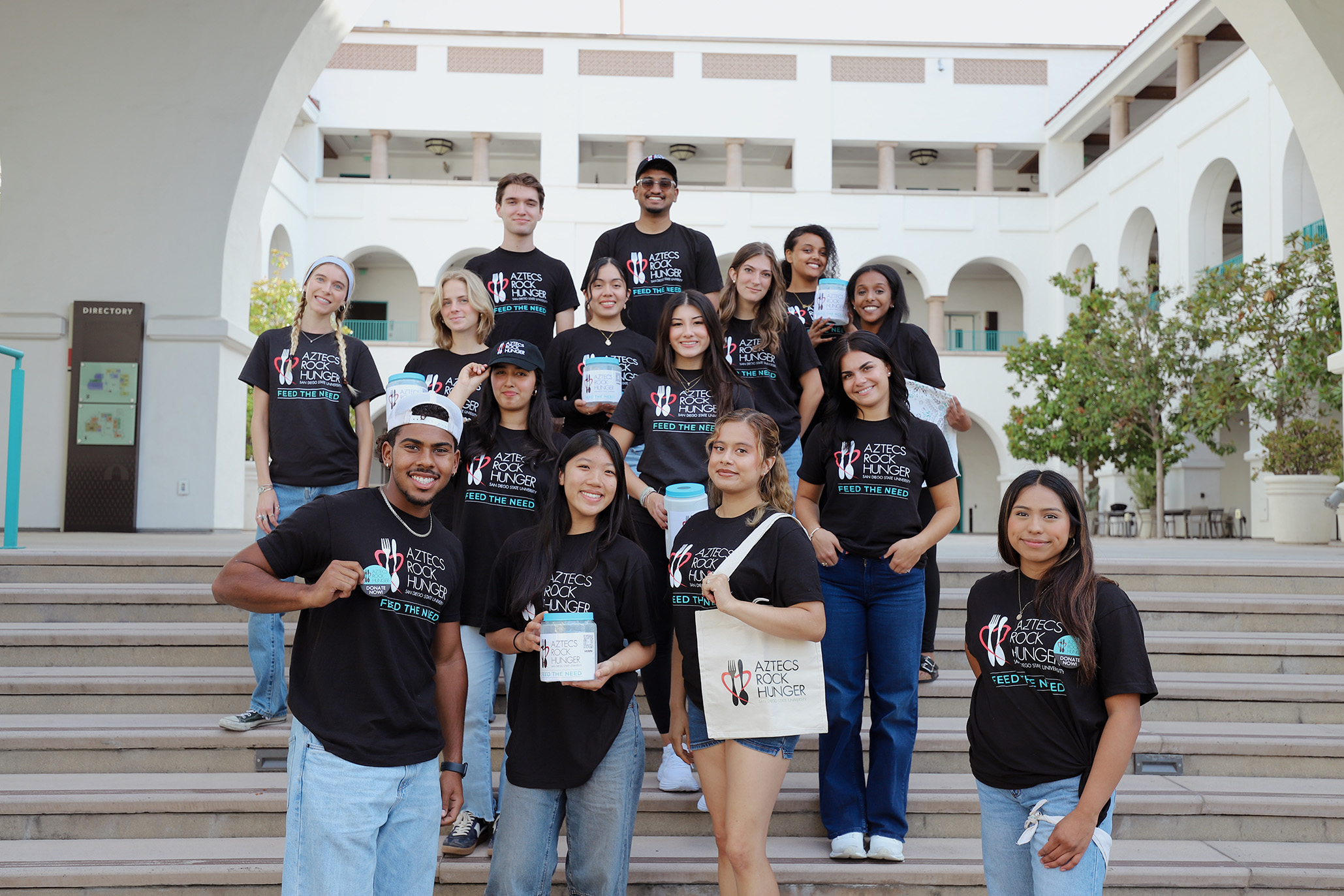A Revealing Look at Hispanic American Health
Lumping Hispanic groups together masks differences in cancer outcomes

National cancer mortality statistics tell very different stories depending on whether Hispanics are grouped together or separated according to their underlying ethnic origin. This is especially true for men within certain Hispanic groups, who had significantly higher, differentiated risks when compared with women who had fairly similar risks.
A San Diego State University study is among the first to describe trends in cancer mortality by specific Hispanic group for the 10 leading causes of cancer deaths nationwide.
The study is the result of a third-generation Mexican-American graduate student researcher’s curiosity in wanting to understand his own risks. Steven Zamora undertook a year-long data study that led to surprising findings about each ethnic group, and stomach and liver cancers in particular.
“I wanted to study something that would have lasting impact and this was very rewarding personally,” said Zamora, who completed his master’s in public health at SDSU’s School of Public Health. “While Hispanic groups may have similar stories when it comes to immigration, they’re very different in terms of job and education opportunities, health outcomes, and access to care.”
Stomach, liver cancers
Published online first at Cancer Epidemiology, Biomarkers & Prevention, an American Association for Cancer Research journal, the study found Mexican American and Puerto Rican American males were dying at twice the rate of non-Hispanic whites from stomach and liver cancers.
“These are the two most worrisome cancers for Hispanic Americans, and both are caused by chronic infection,” said Caroline Thompson, senior study author and assistant professor of public health at SDSU. “We also found that liver cancer mortality rates are increasing for males and females of all Hispanic groups.”
Cuban Americans, on the other hand, tended to reflect the trends of non-Hispanic whites for these two cancers, but had much higher rates of lung cancer deaths.
Hispanic paradox
An additional discovery: except for stomach and liver cancers, Hispanic Americans had better cancer outcomes and lower cancer mortality rates than non-Hispanic whites.
“Why do Hispanic Americans have better health outcomes even though they have lower socio-economic status, poorer access to care and language barriers?” Zamora asked. “This is something we don’t know yet, but it’s not limited to cancer mortality. There is a health advantage for Hispanics that we can’t really explain, but it’s also not equal among all Hispanic groups. This benefit or paradox actually disappears the longer they’ve been in the U.S.”
The study was funded by a National Institutes of Health fellowship award from the Cancer Epidemiology Education in Special Populations program. “It’s a program to fund graduate students who are either from underrepresented populations or studying underserved populations, and Steven’s project fits both categories,” Thompson said.
Co-authors from Stanford University School of Medicine, University of California San Francisco School of Medicine, and the University of Miami School of Medicine also collaborated on the study.


